Each year, game meat is lost through sloppy field dressing, poor storage, and improper care in transport. The potential for spoilage increases greatly when hunting in warm weather. Preventing this starts by understanding the problems.
Over time, meat decays because of two major factors: bacterial growth and autolysis.
Offending bacteria, including aerobic bacteria on the surface of meat, need oxygen to thrive. Anaerobic bacteria inside meat require the absence of oxygen. Some bacteria cause meat spoilage and others can cause food poisoning.
Warmer environments give bacteria extra energy to reproduce and spread through photosynthesis. Bacterial growth on meat eventually produces biochemical compounds that cause rot and give off offensive smells.
We can suspend the growth of bacteria by freezing meat and can substantially retard bacterial growth by placing it in cooler environments at temperatures between 0 to 10˚C. Note that bacteria are not killed by freezing or cooling. On the other hand, bacteria can be killed if exposed to temperatures above 63˚C for long enough, such as when properly cooked.
At the same time as bacterial activity is taking place, chemical changes within the meat bring about the release of cellular enzymes that initiate the breakdown of cells and tissues, a process called autolysis that starts immediately after death.
Meat-processing plants routinely take advantage of autolysis, a carefully controlled process called dry aging, to optimize meat tenderness. After death, all game meat decreases in tenderness, with muscle fibres shortening and hardening as rigor mortis sets in. However, after about three days, properly cooled meat hung out of direct light at about 1 to 2˚C reverts to its original tenderness, as autolysis causes the muscle fibres to break down. The meat is usually hung for a longer time at these temperatures to take advantage of further breakdown of the fibres, making it more tender.
In the bush in warmer conditions, we don’t have the luxury of hanging meat under ideal conditions, and warm weather can quickly bring the onset of bacterial growth and autolysis, leading to fast decay and rot. Let’s examine some things we can do to help prevent this.
Avoiding Surface Contamination
In the first stage of field dressing, gut the animal as soon as possible. This is particularly important in warm weather, when internal gases can build up rapidly, causing the carcass to bloat, with the intestines quickly fouling meat.
Once the internal organs have been removed as a source of contamination, the carcass should be thoroughly cleaned. First, cut away any areas damaged by bullet or broadhead. Using vinegar and paper towels or clean cloths, wash or wipe away blood or debris that might have collected in the body cavity. After cleaning, protect the meat from outside contamination by spraying the entire body cavity with a citric-acid solution (see sidebar, below)and rub black pepper into all exposed meat, particularly into any areas that have been cut. This process will stop blowflies and other flesh flies from trying to eat or lay their eggs on the meat.
In warmer weather, skin the carcass right away to allow faster cooling. Quarter the carcass and give newly exposed meat on each section the same citric-acid and pepper treatment given the body cavity. Remove the inside tenderloins at this time and protect them separately. Tenderloins are already tender and don’t have to be aged.
Finally, carefully wrap each quarter with either cheesecloth or light breathable cotton cloth. With this done, the quarters should then be relatively well protected from outside contamination. There will still be bacteria on and within the meat. Completely eliminating it in the field is virtually impossible. In warm weather, immediately transport the meat to a processor or cooler. On fly-in hunts, this would involve making arrangements to have the meat flown out as soon as possible.
There are alternatives for storing and transporting meat when immediate transport is not possible. The use of ice or dry ice is not covered here. It’s assumed that if you have ready access to either, you will have planned to use them with regular coolers that have proper drainage.
Storage and Transportation
The decision to hang meat in warmer weather can be difficult. However, when quick transport is not possible, meat still has to be protected and kept as cool as possible. Hanging it might be your only option. In this case, select a spot in a heavily shaded area of dense woods, preferably near a source of cooler water. The best source is a cool spring. However, close to a pond, lake, or a pool in a river will do.
Hang meat during the night, when it will normally be cooler, so it gets good air circulation. In the morning, transfer it to heavy-duty plastic garbage bags, double bagging and tightly tying off each one. Then, put the bags in water for the day, making sure the tied-off ends are still out of the water and that it can’t enter the bags. This puts the meat out of direct light and in an environment that should be cooler than the surrounding air. Repeat these procedures each day. Always check to ensure the meat is still okay. If hanging it isn’t an option, here are alternatives.
A version of this was first published in the Ontario OUT OF DOORS 2012 Hunting Annual.


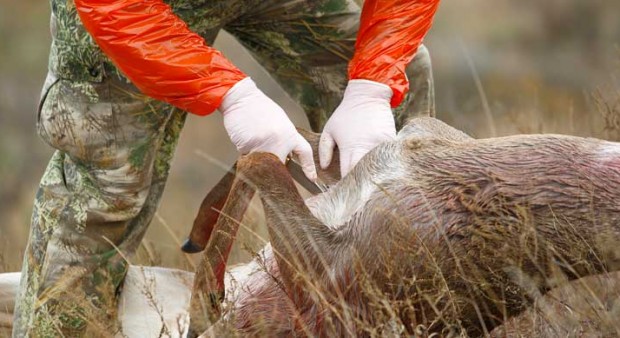
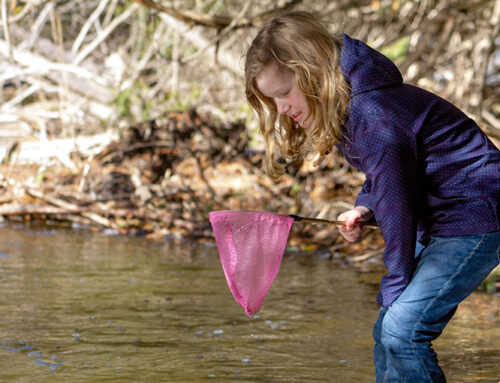
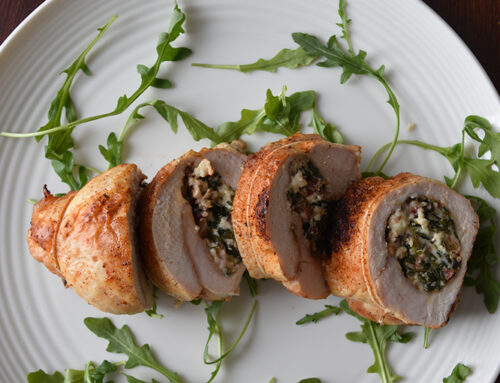
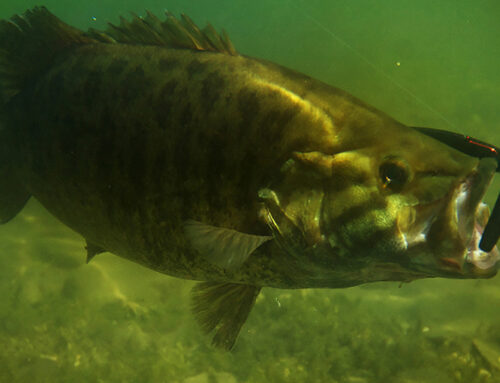
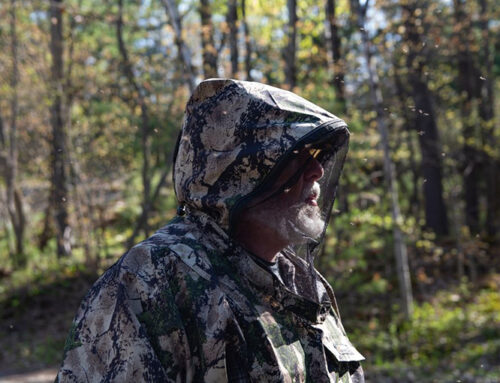
Leave A Comment